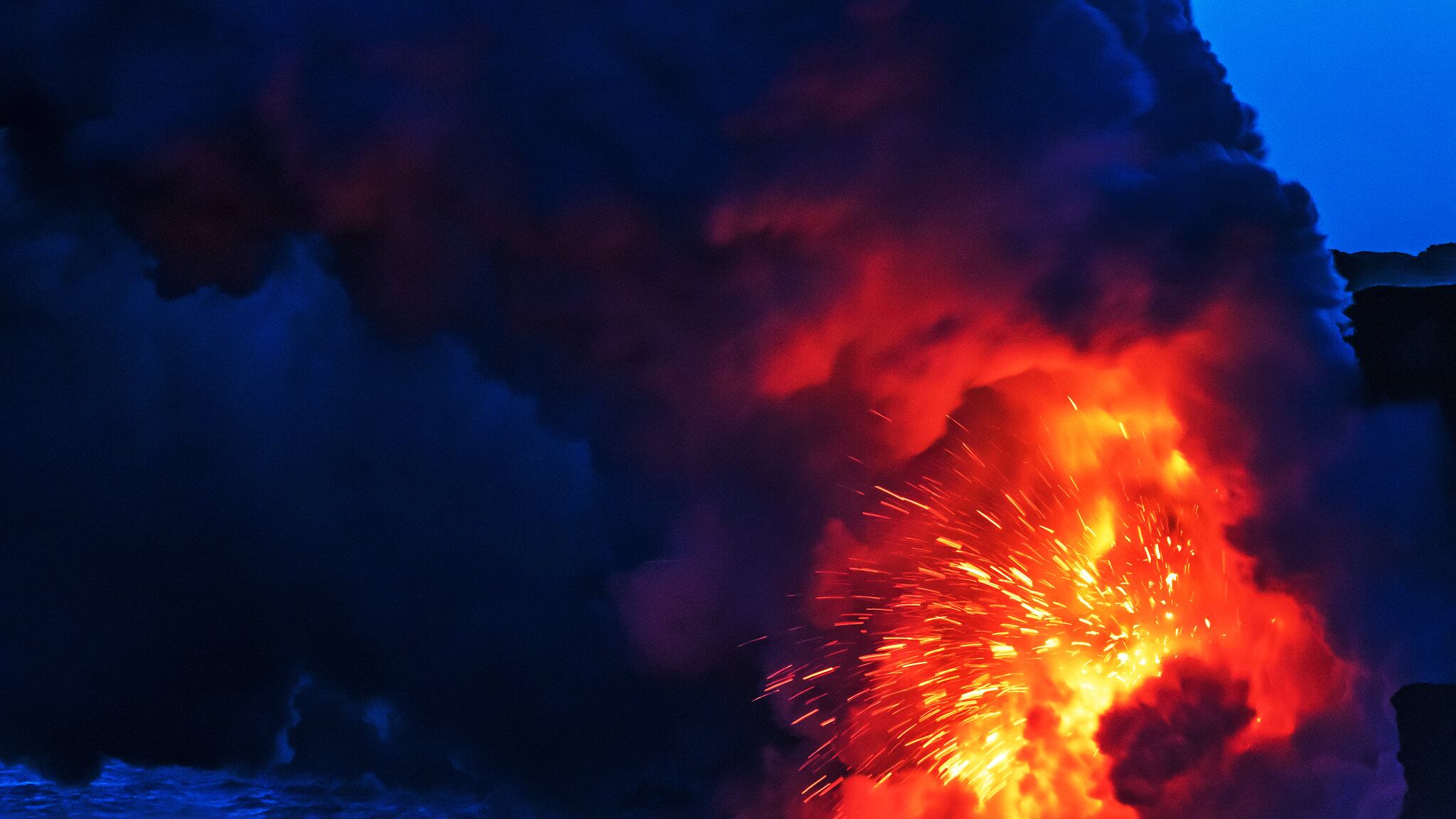300 miles off the coast of Oregon lies an active volcano that the world has never seen before, with a magma reservoir two thirds the length of Manhattan.
And this summer, a group of scientists from around the world spent 33 days on the Pacific Northwest ocean in a research vessel called Marcus G. Langseth, gathering images to create a 3D map of the behemoth and its magma chambers. The New York Times first reported the group's expedition and its findings.
Axial Seamount was first discovered in 1981 and has erupted three times since its discovery—in 1998, 2011 and 2015. But up until now, researchers have only been able to scan its surface in 2D cross-sections. That's because it lies deep underwater, at a depth of 4,626 feet below sea level.
In order to map what lies within Axial, the scientists aboard Langseth attached an intricate line of cables to the ship's stern, which shot out pressurized air bursts to create acoustic pulses. Those pulses bounced through Axial and then back to the ship's receiver cables. The waves traveled through Axial's surface uniquely depending on the type of rock they encountered, which is how researchers were able to map their findings.

The data gathered by the team of scientists will help researchers better understand the activity of both land and underwater volcanoes. Scientists predict Axial could next erupt in 2020 or 2021, but the volcano is deep enough and remote enough that it does not pose a threat to people.
Read the New York Times' full article on the scientist's expedition to map Axial and what they unearthed here.

